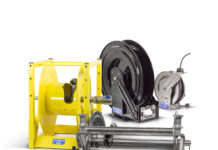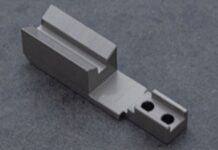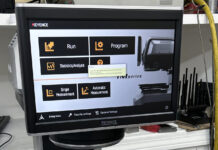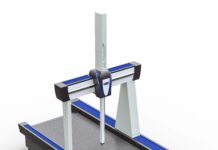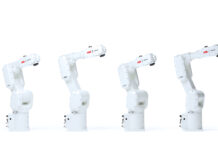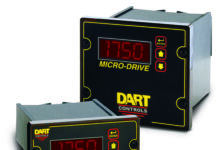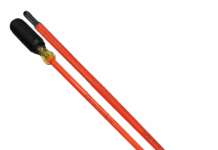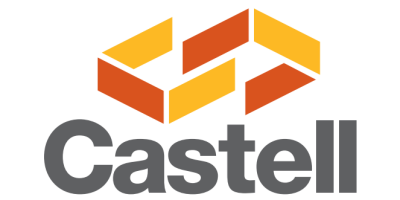When James ‘Harry’ Castell formed the company in 1922, the health and safety industry was in embryonic form; it would be another 50 years before countries began enacting federal safety guidelines. The electrification of London provided the catalyst for the UK-based Castell to focus on safety at work. Electrical systems offered workers little protection, leading to many accidents and deaths. Castell applied the concept of interlock use from the railway industry to electrical systems and electrical trapped key interlocking was born. Today, the technology is applied to a range of applications including machine guarding and dock safety.
In 1979, Castell established operations in Kentucky, bringing more local sales and product support to its customers across North America. Now located in Chicago, Castell continues to provide safety products that provide personnel protection and compliance with US and Canadian regulatory guidelines.
Castell’s UK headquarters stand on the same north-London site that has served as home for the vast majority of the company’s life. Castell is still protecting people in the workplace, although the company’s reach has increased dramatically. With operations throughout the world – from Shanghai to Chicago and Chennai to Cologne – the business is now truly global. The variety of applications the company tackles has also grown, from electrical switchgear to machine guarding, marine safety, rail, logistics and transport.
Keith Allingham, operations director, commented: “Trapped key interlocking is so versatile, it lends itself to a wide variety of applications. With the level of safety Castell interlocks provide and the length of service they can endure, we see demand from all four corners of the globe.”
Dr. Tim Whelan, Castell’s managing director, spoke of the pride of being part of a company with such a tradition: “Castell has a long history of providing robust systems, and this is something at the forefront of our minds when we think about how we develop the company and satisfy customers’ requirements. We estimate there are over two million Castell locks still in circulation, which is a lot of people being kept safe by our products, and we take that responsibility very seriously. We still regularly receive calls from customers who have had locks installed for over 50 years and are looking to extend and develop their systems. The team we have at Castell is equally dedicated to ensuring that high-performance products are manufactured and distributed worldwide today.”






